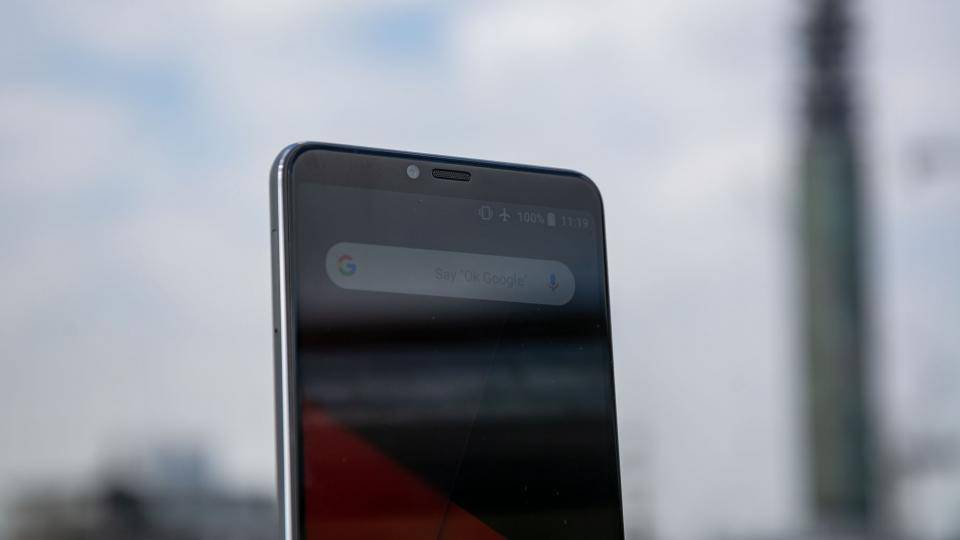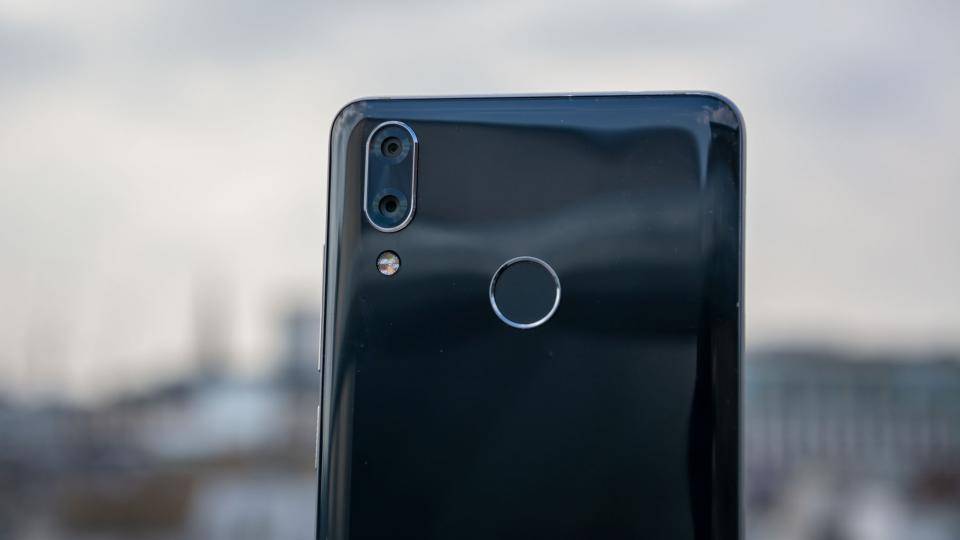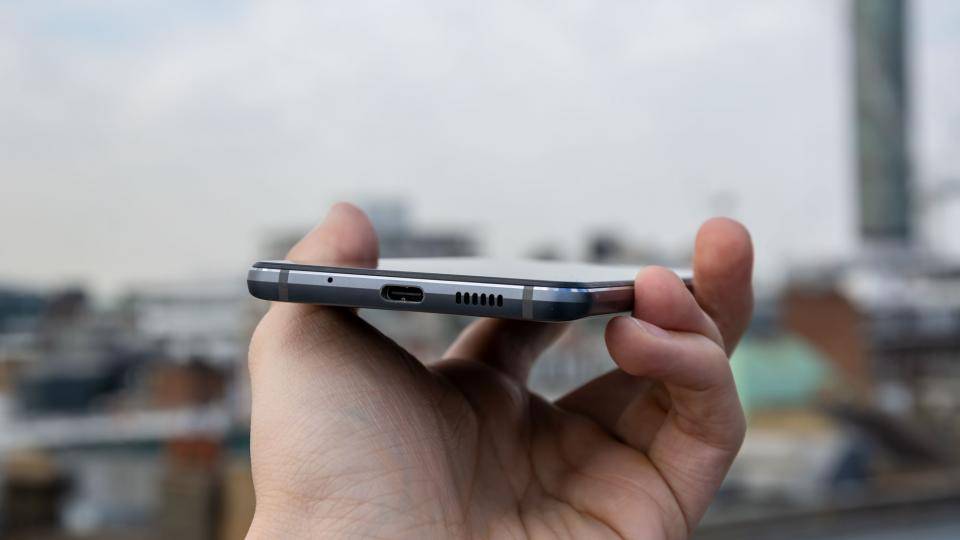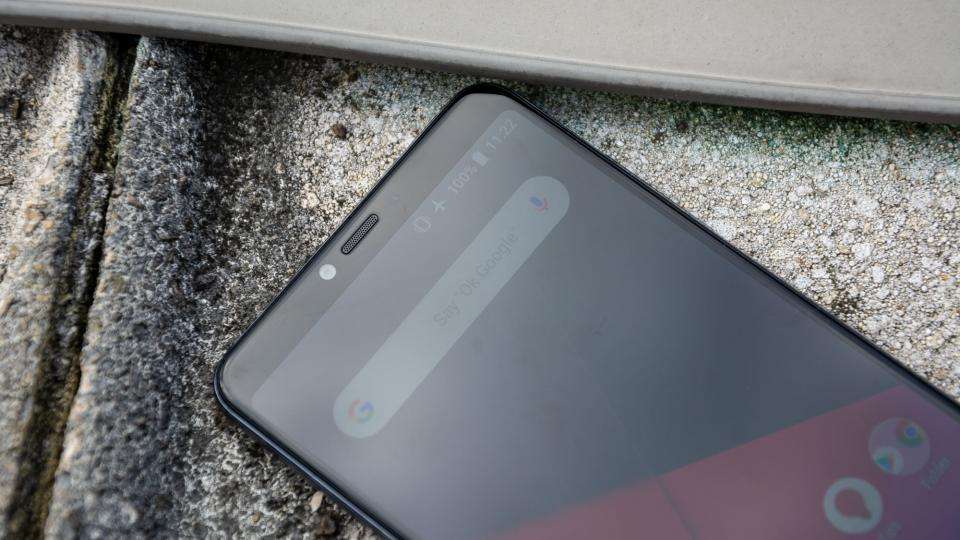Vodafone Smart X9 review: The best budget phone for £100
When you think of Vodafone – as I’m sure you often do – you probably think of the mobile network, rather than a smartphone manufacturer such as Samsung, Apple or Huawei. And yet Vodafone does make its own phones – well, kind of.
Vodafone doesn’t actually say who makes these phones. The last we heard was in 2014 where they wrote that “the current companies we’re working with are both Asian companies”. Your guess is as good as ours.
It doesn’t really matter, though: just like the Vodafone Smart N8 before it, the Smart X9 is a quality handset for the price. No, it’s not hugely fast, but it’s more than you have any right to expect considering how little it costs.
Vodafone Smart X9 review: What you need to know
The best way to describe the Vodafone Smart X9 is that it’s a budget phone disguised as something far more expensive. That means that – despite its svelte curved design, fingerprint reader and dual-camera array – it’s still most definitely a budget phone.

The Smart X9 comes with a Qualcomm Snapdragon 450 processor, backed with 3GB RAM and 32GB internal storage. In terms of raw specifications, that’s the same as last year’s Moto G6 , which was great at the time but has now been superseded by the newer Moto G7 .
Vodafone Smart X9 review: Price and competition
The Vodafone Smart X9 sells for £99 , as long as you buy a £10 top-up card at the same time from Vodafone. This represents astonishing value for money when you put it up against the rest of the market, with the similarly-equipped Moto G6 still going for around £200 . The Moto E5 also costs £20 more .

Elsewhere, it’s worth looking at the Honor 7A – which launched at £140 but now goes for closer to £100. Our current budget favourite is the new Moto G7 Power , which goes for £180 but is an absolute steal if you can stretch to £60 more.
Vodafone Smart X9 review: Design
It says an awful lot about the way in which smartphone technology has spread that the Vodafone Smart X9 could easily pass for a flagship phone of a few years ago. And it certainly looks much more expensive than what Vodafone is charging for it.
A 5.7in 18:9 display is encased in thin bezels to the left and right of the screen, with a slightly wider forehead and chin bezel above and below. There’s no ungainly notch in sight.

Flip it over and it’s pleasingly minimalist. The dual-camera array is neatly contained in the top left-hand corner, and the circular fingerprint reader sits near the top in the middle. A Vodafone logo is barely visible near the bottom.
This is, however, the first indicator that you’re not dealing with a hugely expensive model. Not only is the back a magnet for fingerprints, but it’s quite clearly plastic rather than the more premium-looking glass coating. I have no problem with plastic as it actually lessens the overall weight quite considerably, but you’d hope they’d do something about the smudging problem.
A microSD card slot is available to help beef up the slightly limited 32GB of internal storage space, and there’s also a 3.5mm headphone jack on the top edge, which is always welcome but by no means guaranteed these days.
Vodafone Smart X9 review: Display
The Vodafone Smart X9 is dominated by its 5.7in 1080p touchscreen. Yes, it’s IPS – bluntly, there’s no way you’re getting AMOLED for £100 – but it’s not a bad one, considering the price.

Viewing angles are decent, it reaches 455cd/m ² brightness, so it should be fine in bright sunshine, and its contrast level of 1,436:1 means things look clear and sharp. Colour accuracy isn’t the best we’ve seen, especially when it comes to particularly oversaturated red tones, but when you think that this is 90% cheaper than an iPhone Xs , you can’t really be too fussy.
Vodafone Smart X9 review: Performance and battery life
As I mentioned in the introduction, on paper the Vodafone Smart X9 is practically identical to the Moto G6: both have the Qualcomm Snapdragon 450 processor, both have 3GB of RAM and both have 32GB of onboard storage. Of course, this means performance is a dead heat.
What this also shows is that the new Moto G7 Power is significantly faster than both of them – although, of course, it does cost £70 more. Elsewhere, the X9 clearly beats last year’s Smart V8, the Moto E5 and the Honor 7A, so it's very much bossing it in the £100 price bracket.
This trend continues in the intense graphical tests, although it’s pretty obvious that there are no real winners here, with onscreen performance with all the budget phones struggling to reach frame rates above 20fps – which doesn’t make for a wonderful gaming experience with the latest titles. That said, these tests are deliberately intensive and you’ll find that simple games should run without too much difficulty.
It helps that the Vodafone Smart X9 is practically bloatware-free. There are just three bundled Vodafone apps when you first switch on the phone: Start, Tips and My Vodafone – the last of which was amusingly trying to sell me the Samsung Galaxy S10 on the homescreen, just in case you feel like trading in your new handset for a phone that’s seven times more expensive. Regardless, navigation feels snappy enough, but you will, of course, notice some slowdown compared to more expensive handsets.
Battery life isn’t too bad, either. The Vodafone Smart X9 has a 3,100mAh battery, which made it last for exactly 13 hours in our looped video test. That puts it ahead of the V8, G6 and 7A, but some way behind the incredible stamina of the Moto G7 Power (hardly unsurprising, given the name) and the Moto E5.
Vodafone Smart X9 review: Camera
A £100 smartphone with a dual-camera array is something of a rarity, so Vodafone deserves some credit for managing to achieve that here. It’s a 16-megapixel primary camera with an f/2 aperture supported by a 5-megapixel secondary camera for adding depth to shots.
So, how are the results? Well, a lot better than a £100 smartphone has any right to be. The picture below isn’t going to win any awards, unless it’s a particularly slow year for amateur photography, but it manages to pack in plenty of detail.
It fares even better when compared to the Moto G7 Power – a phone with an excellent camera for the price, and which goes for £70 more than the Vodafone model. As you can see on the zoomed in shot above, the X9 manages to get more of the fine detail on the white plaster than the G7 Power, otherwise, it’s pretty much a dead heat.
It gets even better in low light. Zoomed into an impractical level, you can see that the X9 manages to pack in a lot more sharp details than the G7 Power, which comes out quite a bit softer.
I don’t want to overstate how good this is – it isn’t a match for the Huawei Mate 20 Pro or even the OnePlus 6T , but on a budget phone, these shots are pretty special and certainly good enough for most people’s needs if money is tight.
You can’t have everything, though, and the front-facing camera is nothing to write home about, even if your housemates have an unusual interest in selfie tech. What you have here from the 8-megapixel front-facing camera is that shots lack depth, and are thoroughly over-processed. Even with the beauty settings pushed down to zero, I can assure you that my face does not have a freshly-ironed quality.
Video footage could also be better. The Vodafone Smart X9 can only record at a maximum 1080p resolution at 30fps and there’s no stabilisation to speak of. You won’t be filming your Oscar-winning movie on this phone, that’s for sure.
Vodafone Smart X9 review: Verdict
The Vodafone Smart X9 punches well above its featherweight pricing. You’re getting far more here than you have any right to expect for a measly £100.
That’s not to say you can’t do better if you have a bit more cash to spend. For £60 more, the Moto G7 Power is both better looking and packs in a bit more grunt. It also lasts for considerably longer on a single charge, thanks to its whopping 4,000mAh battery.
But, if £100 really is your limit and you’re happy with Vodafone as your mobile network provider, you could do a heck of a lot worse here, and I’m hard pushed as to think of how you could do better.
